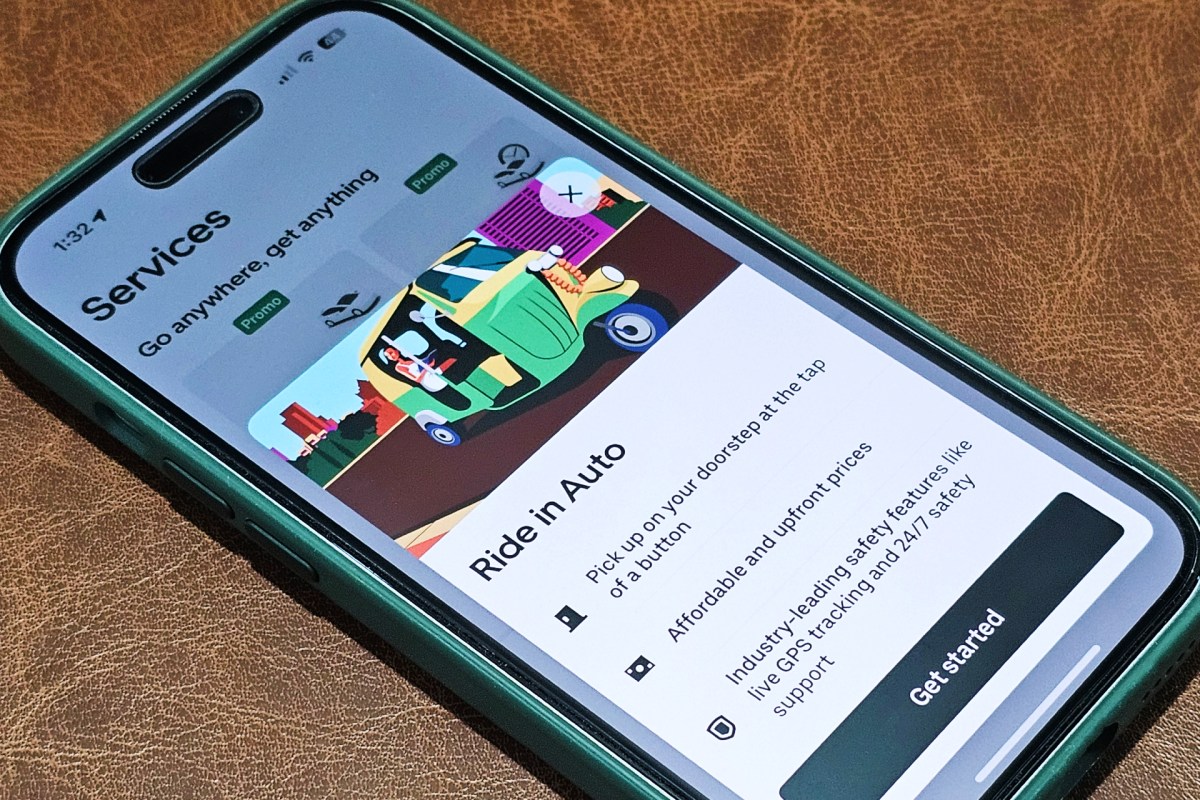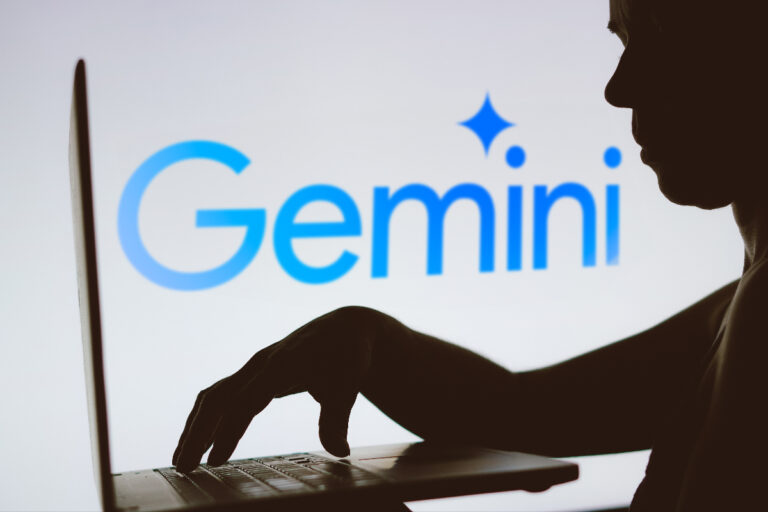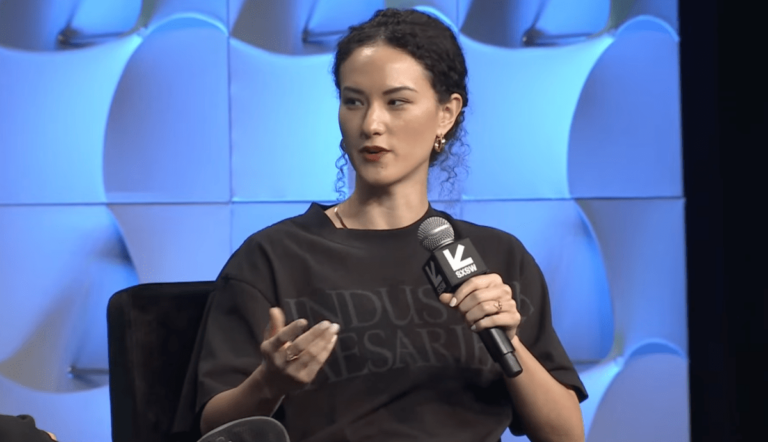Uber Shifts Strategy: Daily Fees Replace Commissions for India’s Rickshaw Drivers
Uber is making significant changes to its business model for auto-rickshaw drivers in India as it shifts away from the traditional commission-based system. This decision comes in response to growing competition from local ride-hailing services like Rapido and Namma Yatri, which have adopted subscription-based models. By implementing a new daily fee structure, Uber aims to improve its market position while offering drivers a more sustainable income option.
Transitioning to a Daily Fee Model
In a move that marks a notable shift in its operational strategy, Uber will now charge auto-rickshaw drivers a daily fee ranging from $0.23 to $0.46 (or 20-40 Indian rupees) depending on the city. This change follows a pilot program that ran quietly for several months and is designed to ensure drivers can connect with riders without the burden of high commission fees.
Historical Context of Uber’s Auto-Rickshaw Services
- Uber initially launched its auto-rickshaw service in India in 2015, but the service was suspended shortly thereafter.
- The auto-rickshaw service was relaunched in 2018 and has been evolving since then.
- This new fee model aligns with similar strategies Uber has tested in markets like Bangladesh and Southeast Asia.
Implications for Riders and Drivers
With this new model, riders will pay drivers directly, either in cash or via the Unified Payments Interface (UPI), which is supported by the Indian government. Riders will no longer be able to use Uber credits or promotions for auto trips, and cancellation charges will not apply.
Changes to Fare Transparency
Importantly, Uber will not display the final fare at the end of the ride. Instead, riders will receive a suggested fare, while drivers can set their own rates. This could lead to fare negotiations between riders and drivers, as Uber has clarified it will not mediate fare disputes.
Safety and Future Models
Despite the changes, Uber has committed to providing a platform for riders to report safety concerns through its app, ensuring that safety remains a priority. While this new model is currently limited to auto-rickshaws, Uber continues to explore various pricing strategies for its traditional four-wheeler cabs in India, including flexible pricing and concurrent rides.
As competition heats up from companies like Ola, Rapido, and Namma Yatri, Uber’s innovative approaches are crucial for maintaining its presence in India’s rapidly evolving ride-hailing market. The shift to a daily fee model for auto-rickshaw drivers is just one of many steps the company is taking to adapt and thrive.
For more insights on Uber’s evolving strategies in India, visit our dedicated page on the topic.







